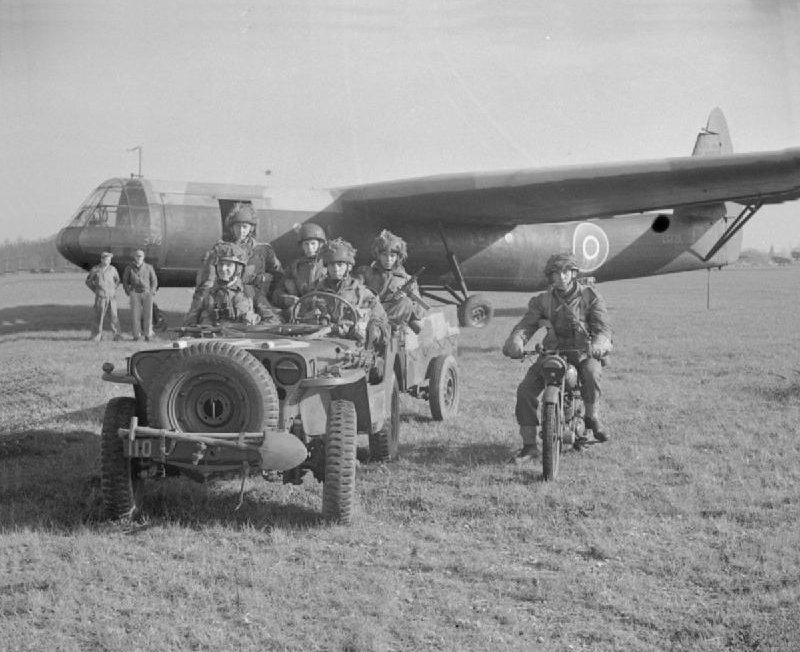The Horsa glider was a troop carrying glider developed and manufactured by Airspeed Limited along with several subcontractors. It was named after the legendary 5th century conquerer of Southern Britan – Horsa.
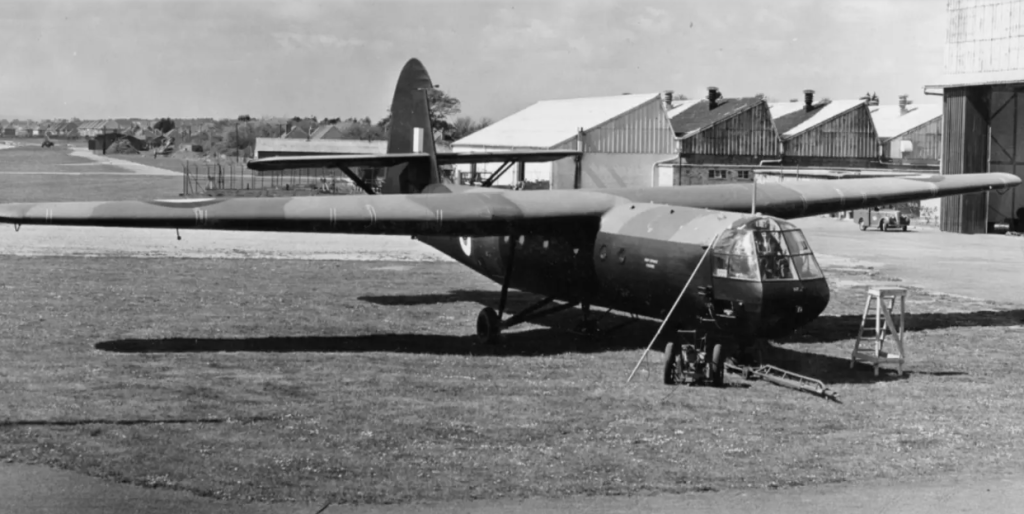
It was designed to a load of 30 seated fully equipped troops; it also had the flexibility to carry a Jeep or an Ordnance QF 6-pounder anti-tank gun.
The Mark I (AS51) version had a wingspan of 88 feet (27 m) and a length of 67 feet (20 m), and when fully loaded weighed 15,250 lb (6,920 kg).
The later AS 58 Horsa II was capable of carrying an increased fully loaded weight of 15,750 lb (7,140 kg) along with a hinged nose section, reinforced floor and double nose wheels to support the extra weight of vehicles.
The Horsa was built largely of wood being described by aviation author H. A. Taylor as “the most wooden aircraft ever built. Even the controls in the cockpit were masterpieces of the woodworker’s skill”.
The design used a high-wing configuration, being equipped with wooden wings and a wooden semi-monocoque fuselage. The fuselage was built in three sections bolted together with the front section holding the pilot’s compartment and main freight loading door. The middle section was accommodation for troops or freight and the rear section supported the tail unit.
The majority of subcontractors did not have airfields from which to deliver the gliders so they sent the sub-assemblies to RAF Maintenance Units (MUs), who would perform final assembly. This process was responsible for the production of between 3,655 and 3,799 Horsas had been completed by the time production ended.
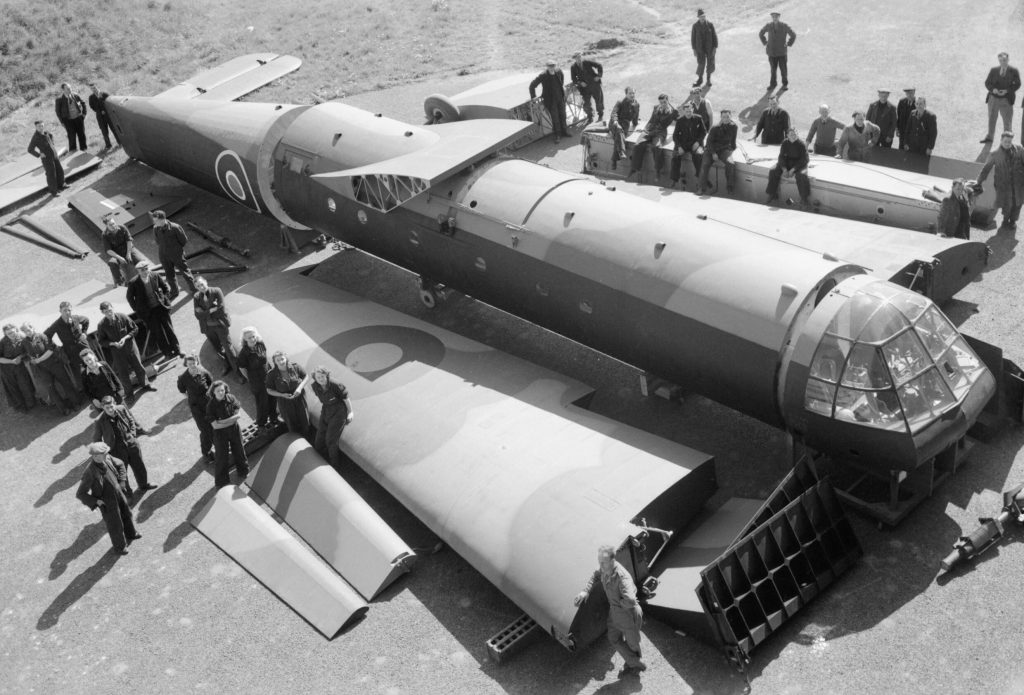
Due to the dispersed manufacturing of the subcomponents before final assembly at various RAF Maintenance Units around the UK, it is difficult to confirm a total production number but some estimates vary from 3,799 to 4,000 aircraft.
Despite this, only one complete original example survives today, although several replicas and cockpit/fuselage sections are also on public display in Britain, France and the Netherlands.
One of the sub-contractors was Boulton and Paul who were responsible for producing the nose section of the Horsa glider at their Riverside factory in Norwich.
On 9th July 1940, German Luftwaffe planes bombed the city of Norwich leaving devastation in their wake. One of the places ruined by the bombing was the Riverside factory of Boulton and Paul who manufactured the wooden fuselage of the Airspeed Oxford trainer and the Nose section/control cabin of the Airspeed Horsa glider.
In the attack on the 9th July, ten employees were killed and a further 68 injured. The factory was again attacked a few weeks later on the 1st August where another 9 were killed and 20 injured.

As a result of these bombings, from the 19th August 1940, the production was moved away from Norwich and the responsibility of producing the Horsa nose section was transferred to the Midland Woodworking factory in Melton Mowbray.

The Horsa was first deployed operationally on the night of 19th/20th November 1942 in the unsuccessful attack on the German Heavy Water Plant at Rjukan in Norway as part of Operation Freshman.
On 10th July 1943, 27 Horsas were used during Operation Husky, the Allied invasion of Sicily, which was the type’s first large-scale operation.
Over 250 Horsa gliders were during Battle of Normandy; specifically in the British Operation Tonga and the American airborne landings in Normandy as part of the D-Day invasion.
During the opening phase of the operation, 320 Horsas were used to perform the first lift of the 6th Airborne Division, while a further 296 Horsas participated in the second lift.
The Horsa was a major component during several major offensives that followed the successful Normandy landings, such as Operation Dragoon and Operation Market Garden, both in 1944, followed by Operation Varsity during March 1945. The latter was the final operation for the Horsa and had involved a force of 440 gliders carrying soldiers of the 6th Airborne Division across the Rhine.
Noreen Ife was born in Melton in 1921 in King Street and on the BBC WW2 People’s War, she recalls that she was 19 years old when war broke out and had to decide whether to go into the forces or do a man’s job in civilian life.
She decided on the latter and was for a time a projectionist at the cinemas. She later went to work for Boulton and Paul helping to make the Horsa gliders which were used in the Arnhem Campaign. She was responsible for fitting compasses into the Horsas nose section.
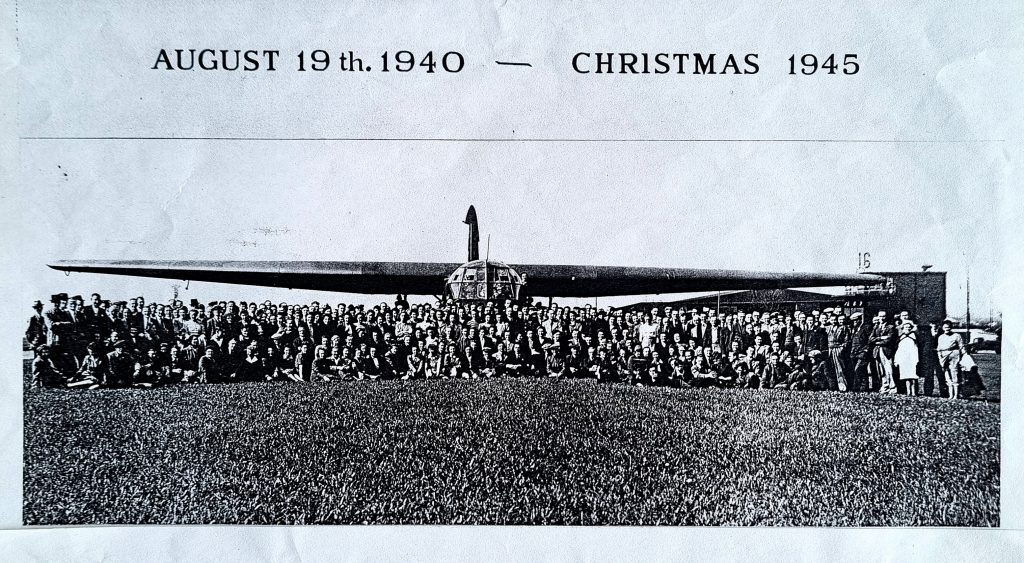
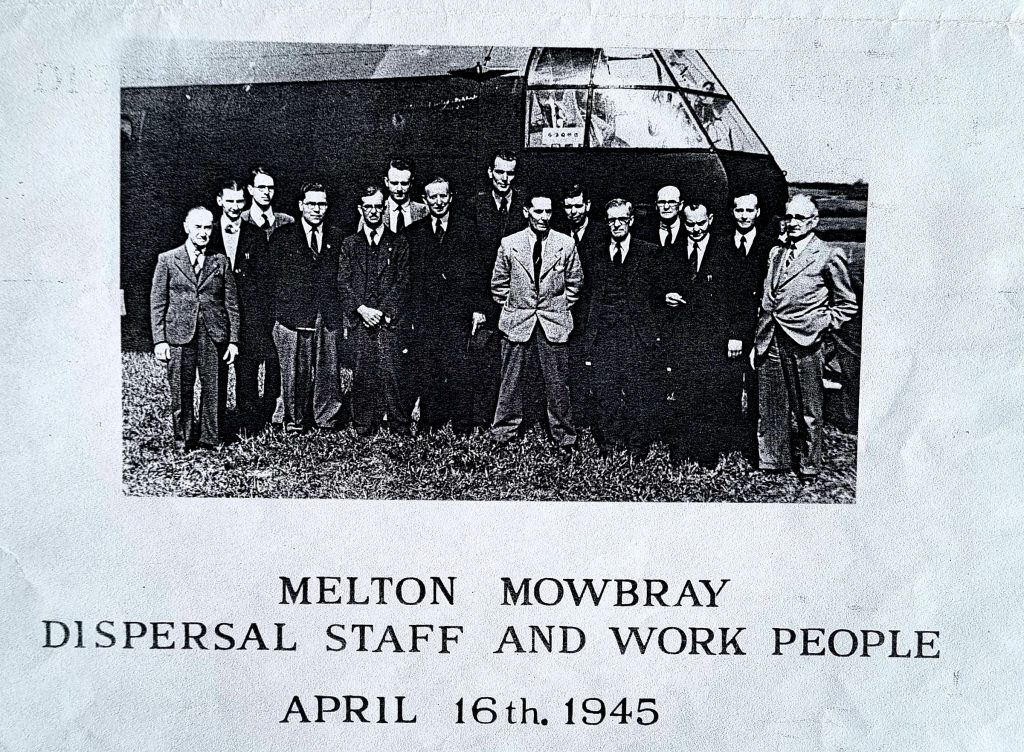
Keith Doubleday was one of those Melton lads that worked at the Midland Woodworking factory. He recalls “We made the cockpits. The control column (steering wheel) was definitely manufactured there. It was made of laminated wood (spruce). The interior of the nose section was sprayed light green and the outside Matt black. As an apprentice I went through the different departments and during my time in the spray dept got dope poisoning for my efforts. The fuselage and the wings were made at other factories around the country. I worked in the Inspection Department. Our manager was Mr Simpson and the Forman was Horace Broom. Although it was wartime it was a happy factory. We worked long hours.”
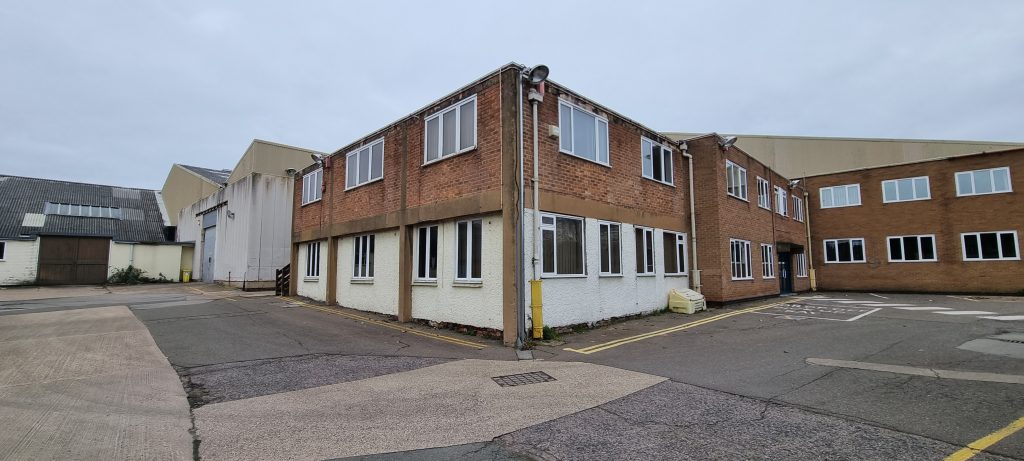
Keith goes on to say “If you entered the works from the Kings Road/ Limes Avenue entrance the fitting shop was just ahead and bearing to the right was the Inspection Dept. Deeper inside, the nose sections were assembled and the spray shop was in the same vicinity. Gun turrets for the Airspeed Oxford were also made close to the Horsa line. Most of the laminations and other parts were made of spruce. The Horsa in the group photo above was towed/flown in by aircraft tug. It was then released over Melton airfield where it landed. How it got airborne afterwards I have no idea. We walked from the factory to the airfield for the display.”
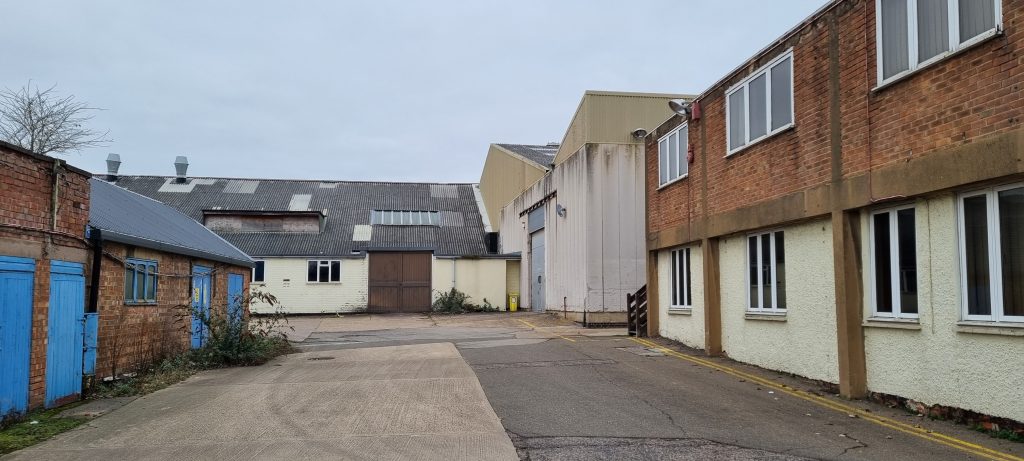
The Woodyard also produced components for other aircrafdt types as well during WW2 such as the Airspeed Oxford and the Boulton & Paul Defiant.
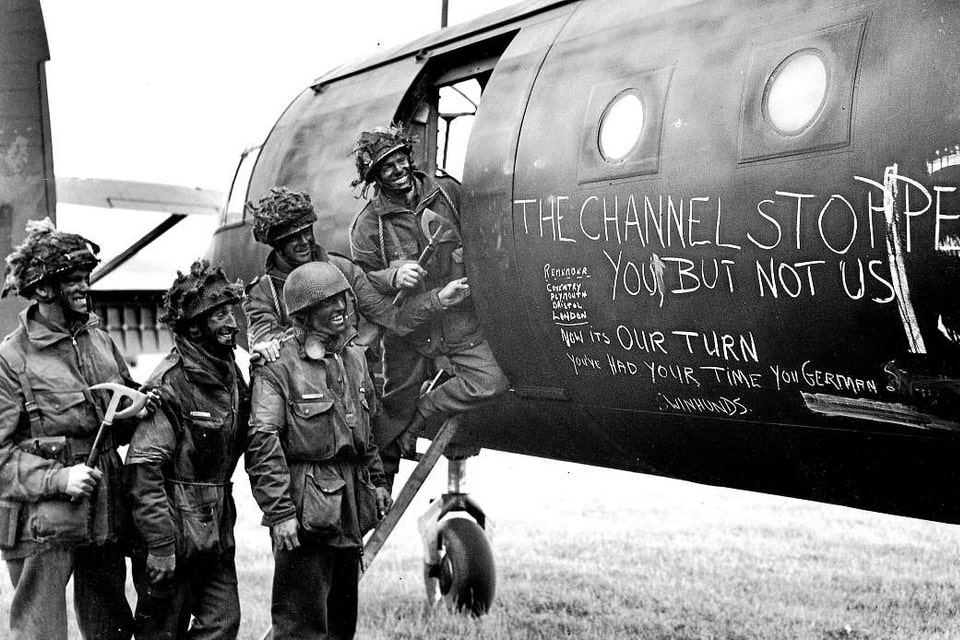
Probably the Horsa’s most famous sortie was codenamed Operation Deadstick when six Horsa’s delivered an advance force of 80 paratroopers, on the evening of 5th June 1944, the night before the D-Day landings. These men, from D Company of the 2nd Oxfordshire & Buckingham Light Infantry, were transported by the Glider Pilot Regiment into the countryside, just four miles from the Normandy coast. Under cover of darkness and after an almost silent approach, they were responsible for successfully securing the strategically important bridge (now known as Pegasus Bridge) at Bénouville, over the Caen Canal in Normandy.
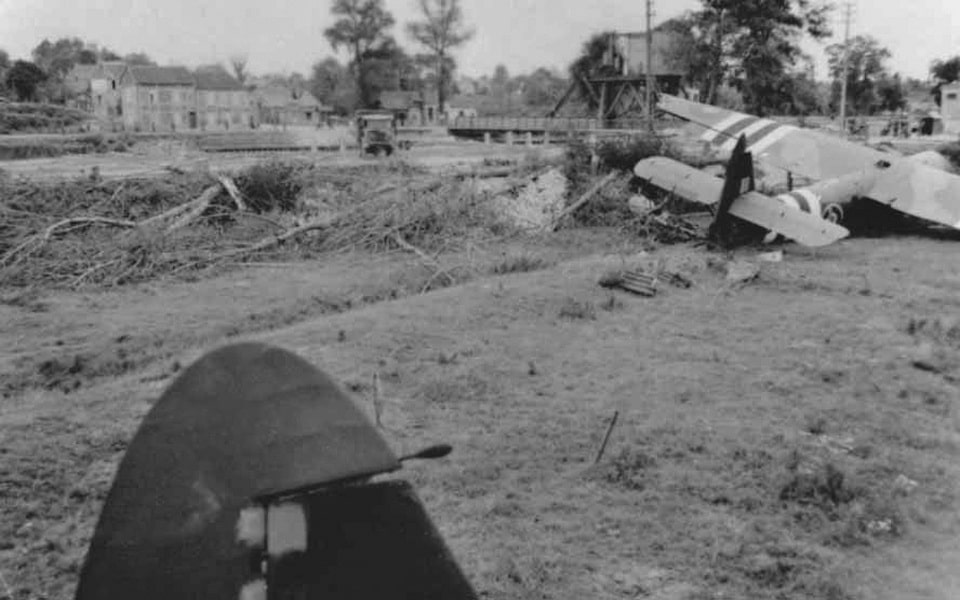
The Horsa was a major factor in a number of operations that followed the successful Normandy assault. These included Operation Dragoon and Operation Market Garden, which involved 1,205 gliders in 1944. A year later Horsas were involved in Operation Varsity (March 1945) when 440 aircraft carried soldiers of the 6th Airborne Division across the Rhine, in the type’s final operation of the war.
Sadly, after various company take-overs, the latest owners of the woodyard, Jeld-Wen, decided to close the Melton factory in 2022 as part of a drive ‘to maximise efficiencies in their operations and focus on areas that will help ensure long-term profitable growth’.
Plans to build 313 homes and 376 parking spaces on the woodyard site were initially submitted for planning proposals but amended proposals have been drawn up with 15 fewer properties and 129 more places to park, including 30 for visitors.
The design of one of the key features – The Community Square space – has been reconfigured to provide ‘a softer, greener gateway into Melton Country Park’.

